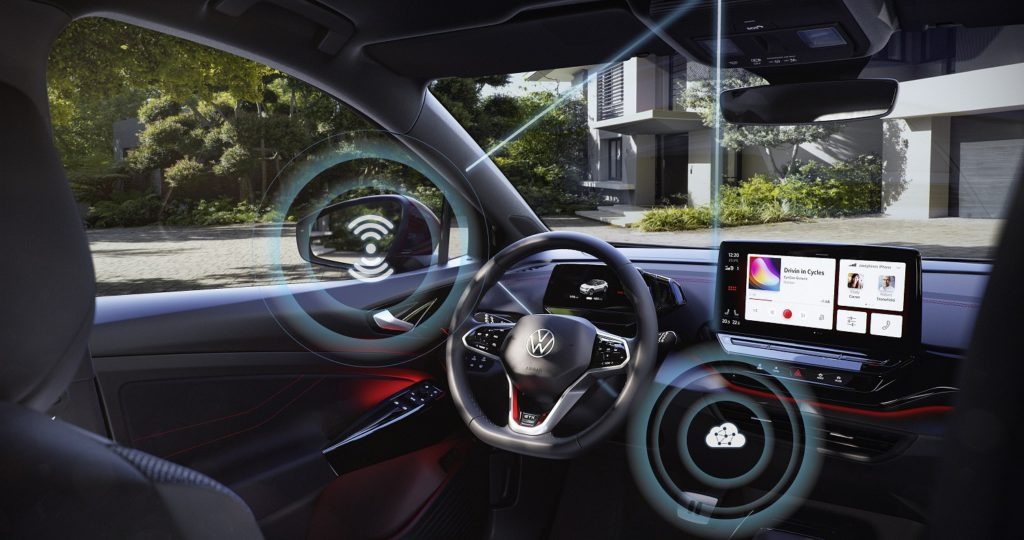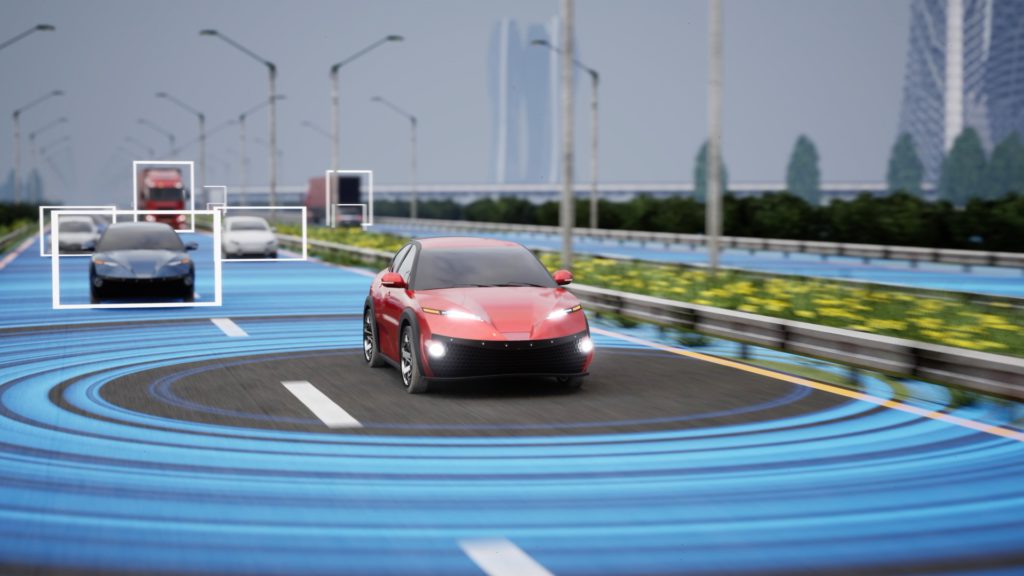Honda to launch autonomous-testing programme in Japan
08 September 2021

Honda will begin a testing programme for autonomous vehicles later this month. The carmaker wants to advance autonomy into a mobility-as-a-service (MaaS) business in Japan. This operation looks to be launched in collaboration with Cruise and General Motors (GM).
Vehicle automation is one of the hottest, and arguably most controversial, megatrends currently making its mark on the automotive industry. Honda’s announcement follows news of a Paralympian being struck by one of Toyota’s autonomous vehicles in operation at the sporting event in Tokyo. Consumer confidence in the technology is unlikely to be on a brand-by-brand basis, with any incident posing an existential threat to all autonomous systems.
High-definition planning
Honda’s autonomous-testing programme will begin this month in Utsunomiya City and Haga Town, Tochigi Prefecture. Honda will work on the programme with the US ‘self-driving’ car developer, and GM subsidiary, Cruise. A new operations test site will be established at the company’s facility in Tochigi Prefecture.
However, full-on testing on public roads will not begin until 2022. First, the carmaker must create a high-definition map of the area using a specialised vehicle. Following this, an autonomous vehicle from Cruise will be driven on public roads to develop and assess the technology’s performance. A measure of success will be its adaptation to traffic and Japan’s relevant laws and regulations.
Honda hopes that all this work will eventually lead to an autonomous-vehicle MaaS business in Japan. Sitting at the centre of this initiative will be the Cruise Origin model, which was jointly developed by the Japanese OEM, Cruise and General Motors. The MaaS subsidiary Honda Mobility Solutions will take the helm of the venture once established.
Issues with autonomy
It has not all been good news in the world of autonomous vehicles. Just a few weeks before Honda announced its testing programme, Toyota found itself in hot water after one of its e-Palette vehicles collided with a Paralympian in the Olympic village. The battery-electric vehicles (BEVs) had been designed for MaaS, and in this instance to support participants and staff involved in the Olympic and Paralympic Games in Tokyo.
But on 26 August, an e-Palette collided with a visually-impaired Japanese athlete as he used a pedestrian crossing. The Paralympian was left with cuts and bruises and unable to take part in an upcoming competition. Toyota suspended the use of the e-Palette, which later resumed on 31 August after steps were taken to ensure greater safety and security.
Toyota analysed the incident, bearing in mind three chief elements: the pedestrian, the vehicle, and the infrastructure (including guides). For example, at the time of the incident, there were only two guides at the intersection and given there were no traffic signals, it was not possible for these assistants to check the movements of all pedestrians and vehicles.
Meanwhile, analysis of the vehicle revealed: ‘when the vehicle was turning right, upon entering the intersection, it detected a person in the intersection and stopped. Then, after the operator confirmed conditions were safe, the operator started the vehicle, moving again towards the intersection. The operator checked the situation around the intersection and manually started to decelerate. The vehicle’s sensor detected a pedestrian coming towards the intersection and activated the automatic brakes. The operator also applied the emergency brakes. However, a collision occurred with the vehicle and the pedestrian before the vehicle managed to come to a complete stop.’
Engineering a solution involved reiterating the specifics of walking environments in the area, increasing the volume of warning sounds from the vehicle, improving manual driving controls, and increasing the number of guides. In its statement, Toyota confirmed; ‘ensuring safety at an intersection without signals is not something that can be handled by pedestrians, operators, or guides alone. It is necessary for all three parties to work together.’



